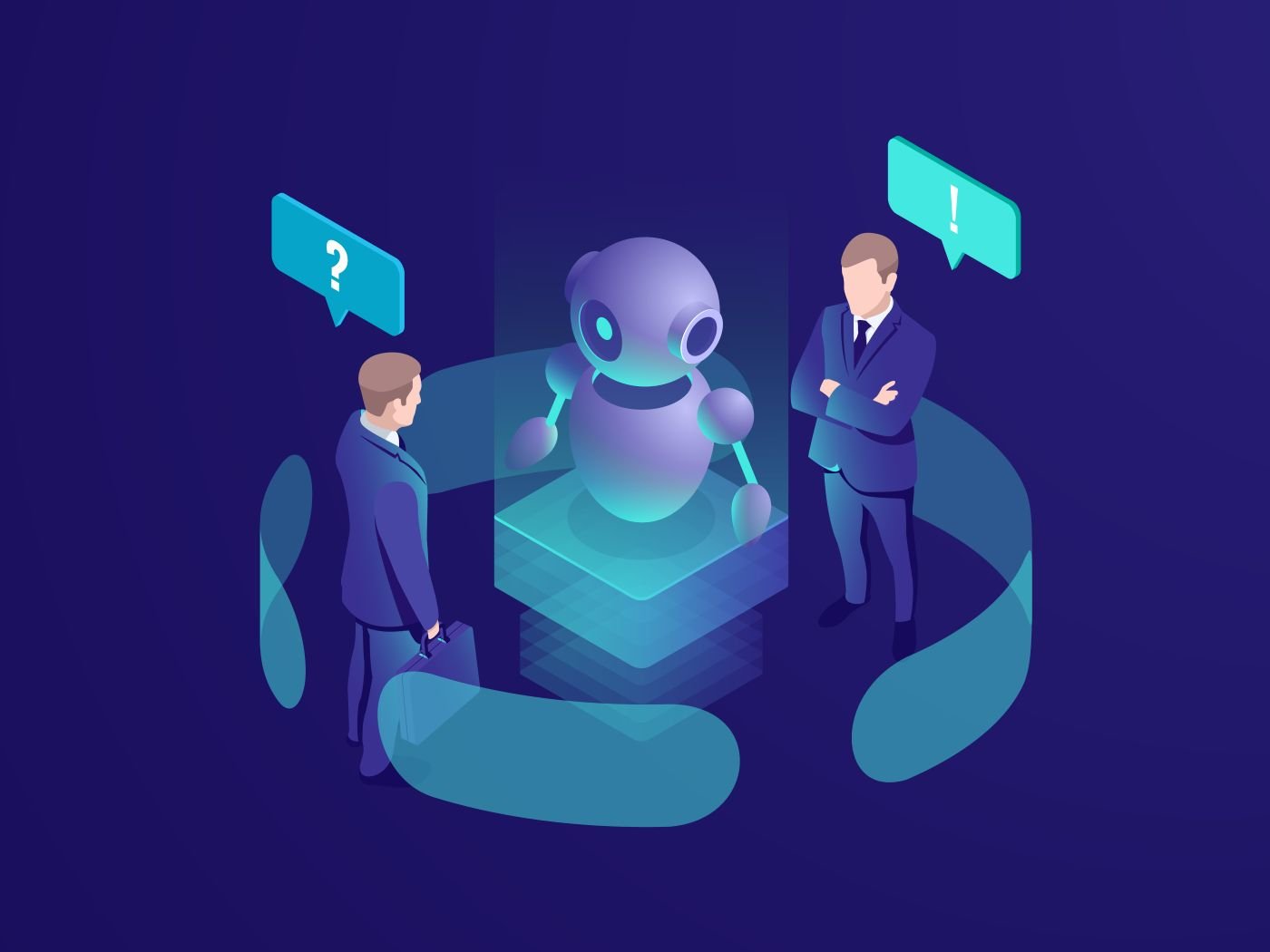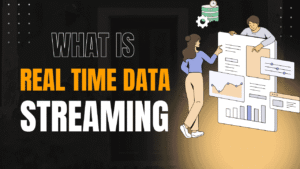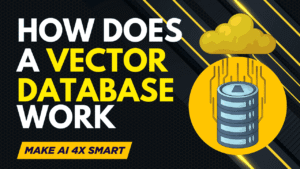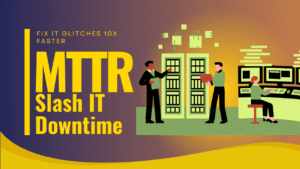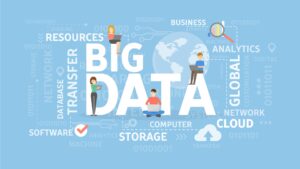Key Takeaways : What Open Source AI Really Means
- Open source AI involves freely accessible AI models, including source code, model architectures, and sometimes training data, allowing users to study, modify, and share them.
- It emphasizes transparency (open code and methods), freedom (to use and customize), and data openness (knowing training data details).
- Benefits include cost savings, flexibility, and community collaboration, but challenges like defining openness and computational barriers exist.
- The Model Openness Framework (MOF) classifies AI models into three tiers to standardize openness evaluation.
- Real-world applications, like nonprofits using AI for grant writing, show its collaborative impact.
In the fast-paced world of artificial intelligence (AI), the term open source AI has become a buzzword, but what does it actually mean? Unlike traditional open source software, which focuses on sharing code, open source AI involves sharing not just code but also model architectures, parameters, and sometimes even the data used to train the models. This openness fosters collaboration, innovation, and trust, but it also comes with unique challenges due to the complex nature of AI systems. In this article, we’ll explore what open source AI means, focusing on its core components—transparency, freedom, and data openness—and examine its benefits, challenges, and real-world impact.
On This Page
Table of Contents
Understanding Open Source AI
Open source AI refers to AI models and systems where the source code, model architectures, parameters (weights), and sometimes training data are freely accessible under open source licenses, such as MIT or Apache. This allows users to study, modify, and distribute these components, creating a collaborative ecosystem where developers worldwide can contribute to improving AI technologies.
Platforms like Hugging Face host over a million open source AI models, including well-known ones like:
- IBM’s Granite: A series of large language models (LLMs) designed for enterprise applications, such as text generation and code-related tasks, released under the Apache 2.0 license.
- Meta’s Llama: A family of LLMs known for their efficiency and performance in natural language tasks, available for research and some commercial uses.
- Mistral AI’s Models: Open-weight models from a French startup, optimized for tasks like text generation and code creation, emphasizing cost-effectiveness and customization.
These models can be fine-tuned for specific purposes, such as creating chatbots or analyzing data, and can be run on personal hardware, reducing reliance on costly cloud services. However, open source AI is more complex than traditional open source software due to the critical role of data and the licensing issues surrounding it.
Key Components of Open Source AI
To fully understand open source AI, we need to break it down into three essential components: transparency, freedom, and data openness.
1. Transparency
Transparency is the foundation of open source AI. It means that the source code, model architectures, and sometimes the training data are publicly available under open source licenses. This openness allows users to inspect how the model was built, understand its limitations, and verify its behavior, which is crucial for building trust in AI systems.
For example, a model card is a document that accompanies an AI model, detailing its intended use, performance metrics, and potential biases. Similarly, a data card provides information about the training data, such as its source and composition. These tools help users make informed decisions about whether a model suits their needs.
However, achieving full transparency can be challenging. Some models only release their weights (the numerical parameters that define the model) or provide access through APIs without sharing the full source code. This partial openness limits users’ ability to modify or fully understand the model. Additionally, training data is often not disclosed due to legal, ethical, or competitive reasons, which can hinder transparency.
Real-World Analogy: Think of transparency as sharing the recipe for your favorite cake. If you share the full recipe—ingredients, measurements, and baking instructions—others can replicate it, tweak it, or improve it. In AI, transparency means sharing the “recipe” (code and methods) so others can understand and enhance the model.
2. Freedom
Freedom in open source AI means users can use, study, modify, and share the system without restrictions. This is similar to traditional open source software, where developers can take a program, adapt it to their needs, and contribute improvements back to the community.
With open source AI, developers can fine-tune models for specific applications. For instance, a business might take a general-purpose language model like Llama and fine-tune it on customer service data to create a chatbot tailored to their industry. This freedom also allows organizations to deploy models on their own hardware, such as Linux or Kubernetes platforms, reducing costs compared to cloud-based services.
Here’s a simple example of how to use a pre-trained Llama model with Hugging Face’s Transformers library in Python:
from transformers import AutoTokenizer, AutoModelForCausalLM
# Load the tokenizer and model
tokenizer = AutoTokenizer.from_pretrained("meta-llama/Llama-2-7b-hf")
model = AutoModelForCausalLM.from_pretrained("meta-llama/Llama-2-7b-hf")
# Define a prompt
prompt = "What is the capital of France?"
# Tokenize the prompt
inputs = tokenizer(prompt, return_tensors="pt")
# Generate text
outputs = model.generate(**inputs, max_length=50)
# Decode the output
generated_text = tokenizer.decode(outputs[0], skip_special_tokens=True)
print(generated_text)This code demonstrates how easy it is to leverage an open source AI model for text generation. Developers can build on this to create more complex applications, such as automated content creation or customer support systems.
Real-World Analogy: Imagine getting a car with a full manual and a toolbox. You can drive it as is, customize it with new features, or share your modifications with others. In AI, freedom means you can “drive” the model, “tune” it for your needs, or share your upgrades with the community.
3. Data Openness
Data openness is about providing comprehensive details on the training data used to develop an AI model, including its scope, labeling methods, and processing techniques. This is critical for assessing a model’s quality, biases, and applicability.
For example, if a language model is trained on data primarily from one region, it might struggle with queries from other regions. Similarly, if the training data lacks diversity, the model might produce biased outputs, such as favoring certain demographics in hiring decisions. Knowing the training data helps users identify these limitations and ensure fairness.
However, data openness is often limited. Legal restrictions, such as copyright laws, or ethical concerns, like privacy violations, can prevent data sharing. Additionally, companies may keep training data secret to maintain a competitive edge. This lack of openness makes it challenging for users to fully validate models.
Real-World Analogy: Data openness is like knowing the ingredients in your meal. If you’re eating a dish, you’d want to know if the ingredients are fresh, organic, or locally sourced to trust its quality. In AI, knowing the “ingredients” (training data) helps you trust the “dish” (model).
The Model Openness Framework (MOF)
To address the complexities of openness in AI, the Linux Foundation’s AI & Data Foundation introduced the Model Openness Framework (MOF) . The MOF classifies AI models into three tiers based on the components they release under open licenses, providing a standardized way to evaluate openness.
| MOF Class | Components Included |
|---|---|
| Class III – Open Model | Model architecture, parameters (final checkpoints), technical report, evaluation results, model card, data card, sample model outputs (optional) |
| Class II – Open Tooling | All Class III components + training/validation/testing code, inference code, evaluation code, evaluation data, supporting libraries/tools |
| Class I – Open Science | All Class II components + research paper, datasets (any license), data preprocessing code, model parameters (intermediate checkpoints), model metadata (optional) |
Each class requires components to be released under appropriate open licenses, such as Apache 2.0 for code or CDLA-Permissive for data. The MOF ensures that users have the tools and information needed to understand, reproduce, and build upon AI models, promoting transparency and trust.
Benefits of Open Source AI
Open source AI offers numerous advantages:
- Cost Savings: Running models on personal hardware avoids the high costs of cloud-based AI services.
- Flexibility: Organizations can customize models to fit specific needs and deploy them on preferred platforms, like Linux or Kubernetes.
- Community Collaboration: Developers worldwide can contribute to improving models, accelerating innovation.
- Transparency and Trust: Openness allows users to verify model behavior, reducing the risk of hidden biases or errors.
- Educational Value: Students and researchers can experiment with cutting-edge AI, fostering learning and discovery.
Challenges of Open Source AI
Despite its benefits, open source AI faces several hurdles:
- Defining Openness: There’s no universal standard for what makes an AI model truly open. Some models may only share weights or API access, not full code or data.
- Computational Barriers: Training large models requires significant resources, like GPUs, which can exclude smaller organizations or individuals.
- Legal and Ethical Concerns: Sharing training data can raise issues like copyright infringement or privacy violations.
- Maintenance and Support: Open source projects rely on community contributions, which can be inconsistent, leaving some models without adequate support.
Real-World Impact and Examples
Open source AI has a profound impact across various domains:
- Nonprofit Sector: A nonprofit in Texas used an open source AI model, originally developed in Asia and refined in California, to streamline grant writing. This collaboration showcases how open source AI connects global talent to solve real-world problems.
- Scientific Research: Open source models are shared among researchers, accelerating discoveries in fields like drug discovery and climate modeling.
- Business Applications: A small business might use Mistral’s Le Chat, fine-tune it on customer data, and deploy it as a chatbot, saving costs and improving efficiency.
Real-World Analogy: Open source AI is like a community toolbox. Just as neighbors share tools to fix a fence or build a shed, developers share AI models to tackle diverse tasks, from small projects to large-scale innovations.
Evaluating and Validating Open Source AI Models
Before deploying open source AI models, it’s crucial to evaluate their openness and performance. The Model Openness Framework provides a clear benchmark for assessing openness. Additionally, maintaining an AI Bill of Materials (AI BOM) can track the components and data used in a model, ensuring transparency and compliance.
Validating models for accuracy and fairness is also essential, especially in applications where biases could have significant consequences, such as hiring or lending. Tools like the Model Openness Tool (isitopen.ai) help users evaluate models and assign openness scores.
Conclusion
Open source AI is a transformative force, making powerful AI tools accessible to everyone while promoting transparency, freedom, and data openness. Despite challenges like defining openness and ensuring data transparency, the benefits—cost savings, flexibility, and global collaboration—make it a cornerstone of AI’s future. Initiatives like the Model Openness Framework are paving the way for a more trustworthy and innovative AI ecosystem, ensuring that AI benefits society as a whole.
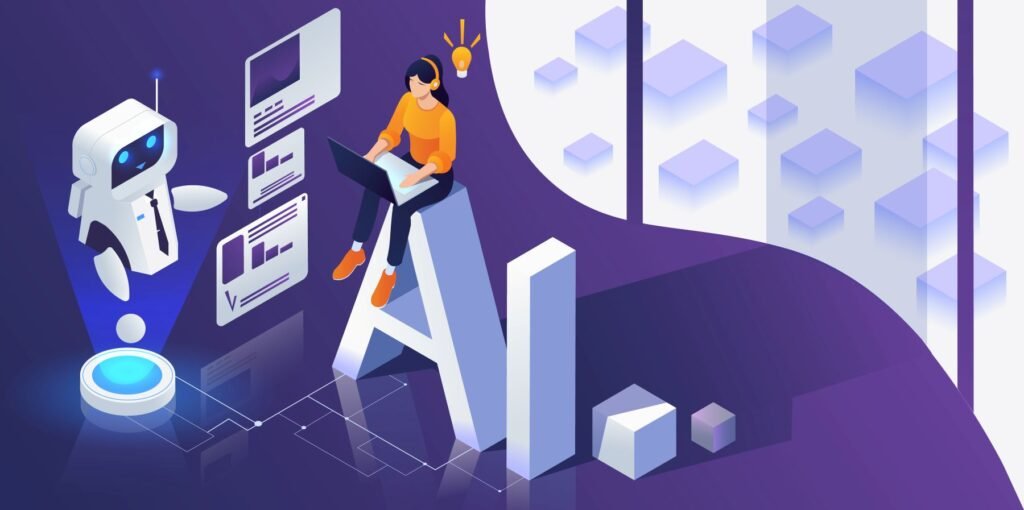
FAQs
What is open source AI?
Open source AI is like a recipe book for artificial intelligence that anyone can use, change, or share. It includes the instructions (code), the model’s design (architecture), and sometimes the ingredients (data) used to create the AI. Unlike “closed” AI, where the creator keeps everything secret, open source AI is shared openly, so you can tweak it to fit your needs.
Example: Imagine borrowing your friend’s cookie recipe, baking it yourself, and adding chocolate chips to make it your own. That’s what open source AI lets you do with AI models!
Why is open source AI important?
It’s important because it makes powerful AI tools available to everyone, not just big companies. It saves money, encourages teamwork, and builds trust by letting people check how the AI works. This means small businesses, students, or even hobbyists can use AI for cool projects without breaking the bank.
What does transparency mean in open source AI?
Transparency means you can see how the AI was made. This includes the code, the model’s structure, and sometimes the data it was trained on. It’s like knowing exactly what’s in your food when you read the label. Transparency helps you trust the AI and spot any problems, like unfair results.
What is freedom in open source AI?
Freedom means you can use the AI however you want—study it, change it, or share it with others. You’re not locked into rules set by a company. This lets you customize the AI for your specific needs, like making a chatbot for your store or running it on your own computer.
Why is knowing about training data important?
Training data is what the AI learns from, like the lessons a student studies. If the data is biased or limited, the AI might give wrong or unfair answers. Knowing about the data helps you understand what the AI is good at and where it might mess up.
What are some popular open source AI models?
There are tons of models out there, but some well-known ones include:
Granite: Built by IBM, great for business tasks like writing or coding.
Llama: Created by Meta, popular for research and language tasks.
Mistral: From a French company, known for being efficient and customizable.
These are available on sites like Hugging Face, where you can download and play with them.
What’s the catch with open source AI?
It’s not perfect. Some challenges include:
Not fully open: Some models share only parts, like weights, not the full code or data.
Needs powerful tech: Big models require strong computers, which can be expensive.
Data privacy issues: Sharing training data can raise legal or ethical concerns.
Support: Unlike paid services, open source projects might not have dedicated help.
Example: It’s like borrowing a fancy tool but needing to figure out how to use it yourself if the manual’s unclear.
How can I trust an open source AI model?
You can trust it more because it’s open—you can check the code and data to see how it works. But you should still test it to make sure it’s accurate and fair for your use. Tools like the Model Openness Framework help you figure out how “open” a model really is.
